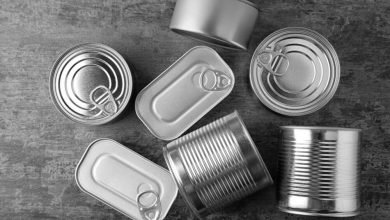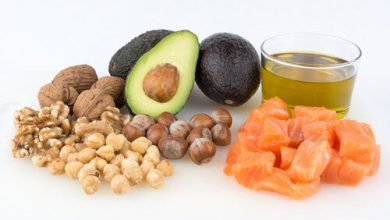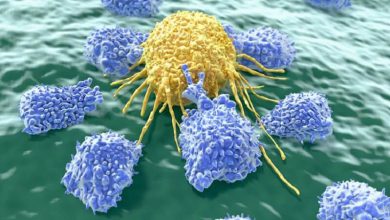Recommendations To Lower Bad Cholesterol (LDL) And Raise Good Cholesterol (HDL)
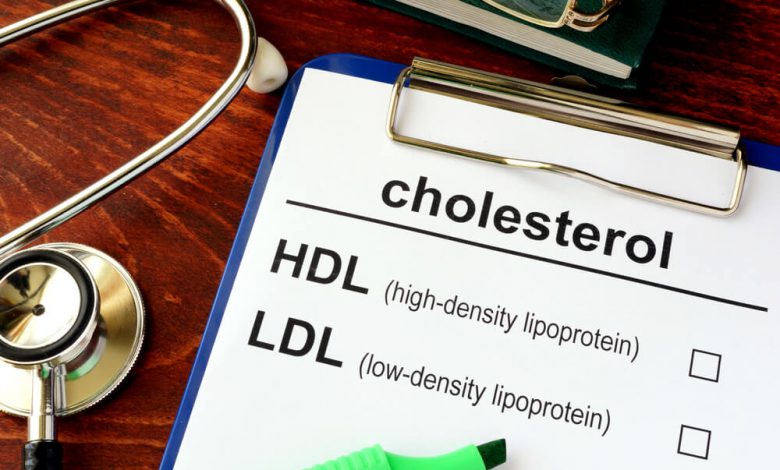
Just hearing about cholesterol scares most people. However, depending on the density of this fat molecule, it can have positive or negative effects on the body. In this article we give you 6 recommendations to lower bad cholesterol (LDL) levels and raise good cholesterol (HDL).
Importance of cholesterol
As an article published in the National Center for Biotechnology Information explains , cholesterol is a fat molecule necessary for any animal species and, in particular, for humans. It is found in tissues and blood plasma, and is essential for creating the cytoplasmic membranes that regulate the entry and exit of substances into cells.
Although we usually see it as negative, cholesterol has many functions in the body, being a precursor in the synthesis of sex hormones such as progesterone, corticosteroid hormones such as cortisol, the production of vitamin D and bile salts.
Cholesterol moves from the tissues to the liver for excretion. As cholesterol travels through the blood, excesses are deposited on the walls of the arteries and, over time, layers of fat are produced that clog them.
Either due to the excessive consumption of lipids or the malfunction of the liver, major health problems such as coronary heart disease and diabetes can appear .
Good or bad cholesterol?
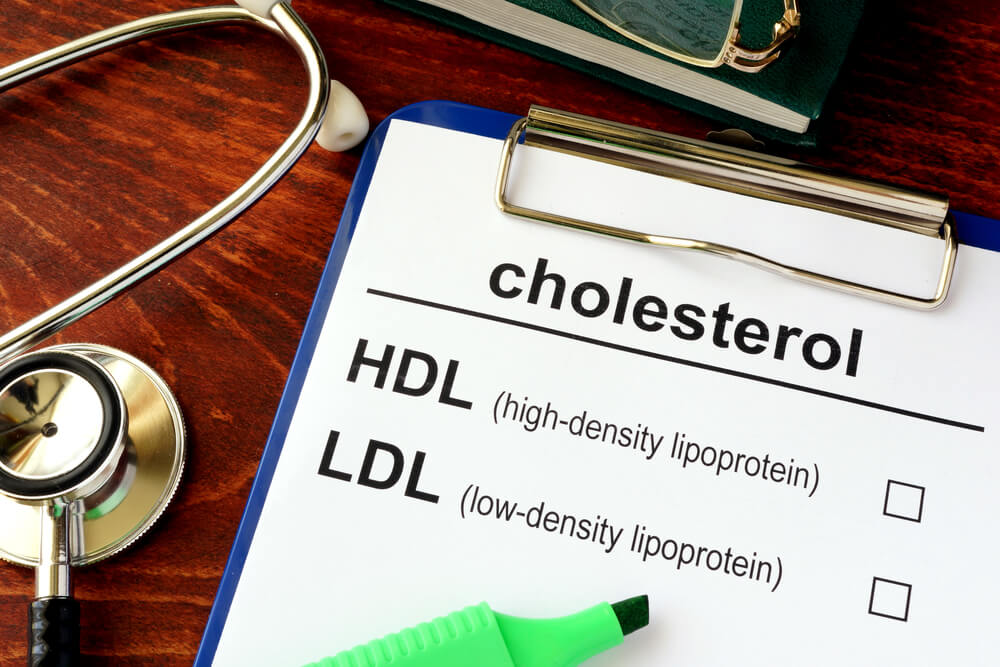
For their transport in the bloodstream, fat molecules combine with proteins to form lipoproteins. Consistent with information published in Medical Principles and Practice , there are two main types of lipoproteins that are responsible for the movement of fats or lipids in the blood.
Bad cholesterol (LDL)
What is popularly called bad cholesterol are actually low-density lipoproteins known as LDL ( Low Density Lipoproteins ) and they carry the largest proportion of cholesterol from the liver to the tissues. Normal LDL levels are less than 100 mg / dL.
When this amount is exceeded, a reverse cholesterol transport can occur with the formation of plaques in the arteries and unstable cells.
This situation increases the risk of suffering a heart attack and chronic diseases such as arteriosclerosis. That is why it is called “bad cholesterol.”
Good cholesterol (HDL)
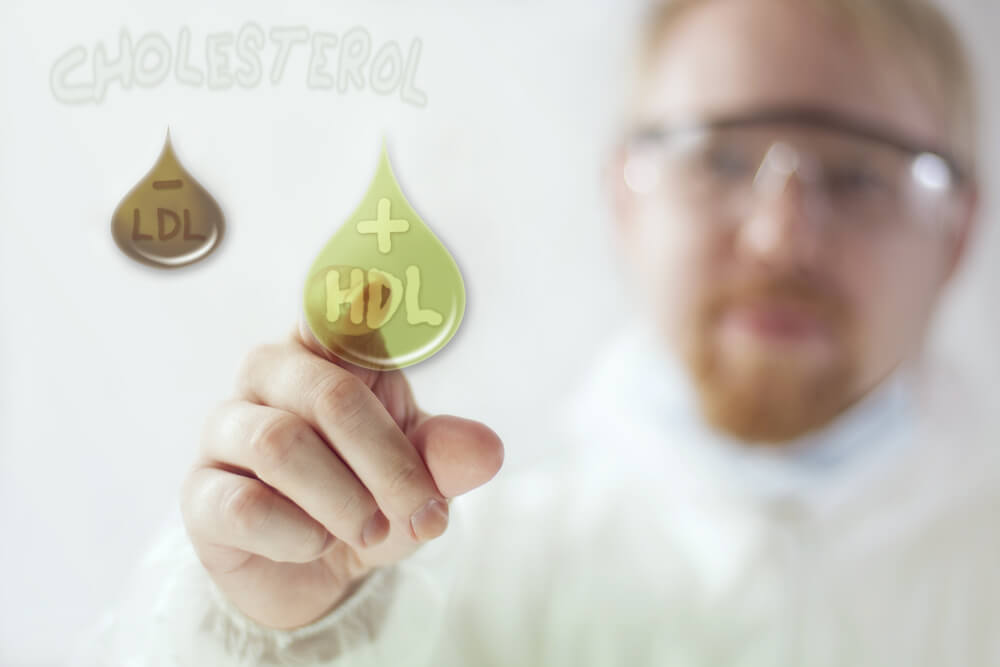
High-density lipoproteins (HDL or High Density Lipoproteins ) remove cholesterol from tissues and transport it to the liver to eliminate it. That is why it is not considered a threat to the cardiovascular health of the body.
Having high levels of HDL cholesterol is beneficial because it protects against cardiovascular diseases. For this reason, it is considered “good cholesterol.”
How to lower bad cholesterol (LDL) levels and raise good cholesterol (HDL)
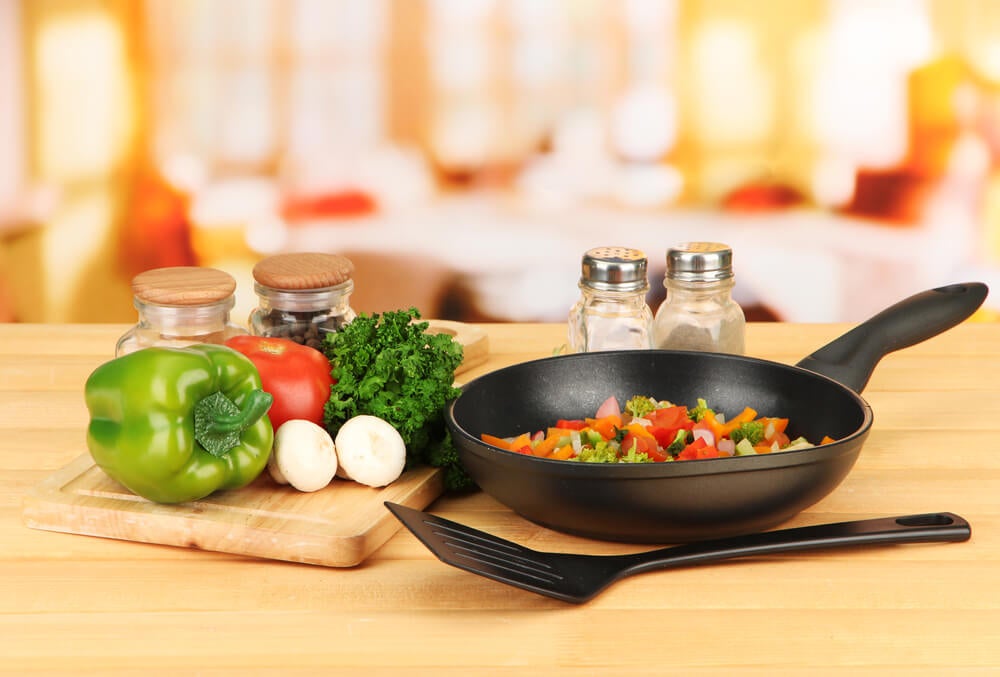
To lower bad cholesterol and increase good cholesterol levels, it is important to have a healthy lifestyle. In fact, a case in the American Journal of Lifestyle Medicine suggests that, for some people, lifestyle change alone is enough to lower moderately elevated cholesterol levels. What to keep in mind?
1. Include unsaturated fats in the diet
Unsaturated fatty acids are essential for the body to function and their deficiency is related to the elevation of bad cholesterol levels. These healthy fats are found in foods like olive oil, nuts, and fish (oily fish, sardines, salmon).
2. Eat vegetables
Plant-based foods such as fruits, vegetables or legumes are extremely low in fat as well as contributing abundant vitamins and minerals to your nutrition. A diet rich in vegetables has been found to be associated with enjoying better overall health.
3. Maintain a healthy weight
To lower bad cholesterol it is important to achieve an adequate weight. Obesity is a factor that increases the risk of suffering hormonal disorders that uncontrolled lipid metabolism.
Being overweight often leads to an increase in LDL cholesterol, a decrease in HDL cholesterol, and an increase in total cholesterol. A study in the journal JAMA found that a low-fat diet promotes weight loss and lowering cholesterol.
4. Exercise
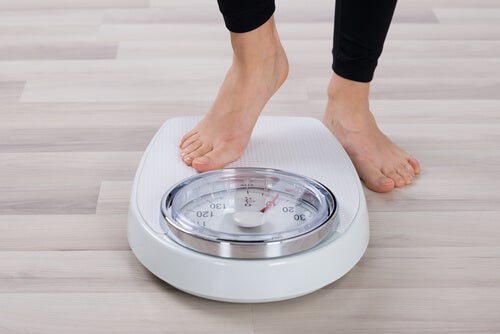
A study published in Lipids in Health and Disease suggests that regular physical activity can help lower bad cholesterol and raise good cholesterol. This is because regular physical exercise keeps us at the right weight and avoids the consequences of being overweight that we have discussed before.
5. Reduce the consumption of alcohol and tobacco
As is well known, excess alcohol can damage the heart and affect the liver. This, as we already know, actively participates in the elimination of cholesterol. Therefore, keep alcohol consumption at bay and drink in moderation.
Likewise, according to a study in the Annals of Clinical Biochemistry , tobacco helps reduce HDL cholesterol and, consequently, more LDL cholesterol accumulates, which can cause damage to the arteries.
6. Limit saturated fats, salt, and sugars

Foods like eggs, dairy, butter, and meats are necessary in a balanced diet. However, its consumption must be monitored as it can increase blood cholesterol levels. The American Heart Association recommends a dietary pattern that achieves 5% to 6% of calories from saturated fat.
In other words, it is about 13 grams of saturated fat per day. Also avoid ingesting products with high caloric value and rich in salt or sugars.
As you can see, cholesterol is of utmost importance in the process of human development and essential to maintain balance. Apart from what we have mentioned, other data that we cannot control also influence, such as family history, age, sex, other diseases, etc. So let’s try to change what is in our power. Are you ready to lead a healthy life?






